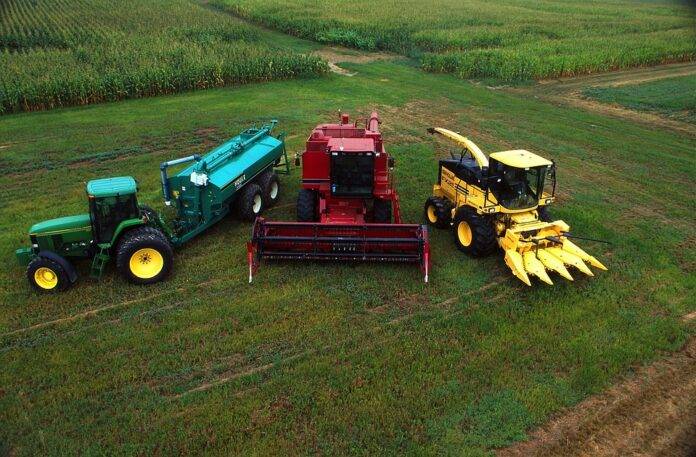Differences between Pull Type and Self Propelled Forage Harvesters
Forage harvesters are essential machines used in agriculture to harvest and process various types of forage crops such as corn, grass, and alfalfa. When it comes to forage harvesters, there are two main types commonly used in the industry: pull type and self-propelled. Both types have their own set of advantages and disadvantages, and understanding the differences between them can help farmers make informed decisions when it comes to selecting the right equipment for their operations.
Pull Type Forage Harvesters
Pull type forage harvesters, also known as trailed forage harvesters, are machines that are towed behind a tractor. These machines are typically smaller and less powerful compared to self-propelled forage harvesters. Pull type forage harvesters are more commonly used for smaller farms or operations where the volume of forage to be harvested is not as high.
One of the main advantages of pull type forage harvesters is their lower cost compared to self-propelled models. Pull type harvesters are generally more affordable to purchase and maintain, making them a cost-effective option for farmers with limited budgets. Additionally, pull type forage harvesters are easier to transport and maneuver in smaller fields due to their smaller size and lighter weight.
However, pull type forage harvesters also have some limitations. They are typically slower and less efficient compared to self-propelled models, which can result in longer harvesting times and higher labor costs. Pull type harvesters may also have limited capabilities when it comes to harvesting certain types of forage crops or in challenging field conditions.
Self-Propelled Forage Harvesters
Self-propelled forage harvesters are machines that have their own built-in engine and are capable of moving independently across the field. These machines are larger, more powerful, and more efficient compared to pull type forage harvesters. Self-propelled forage harvesters are commonly used on larger farms or operations where high volumes of forage need to be harvested quickly and efficiently.
One of the main advantages of self-propelled forage harvesters is their high efficiency and productivity. These machines are capable of harvesting large quantities of forage in a relatively short amount of time, reducing labor costs and increasing overall productivity. Self-propelled forage harvesters are also more versatile and can handle a wider range of forage crops and field conditions compared to pull type models.
However, self-propelled forage harvesters also come with a higher price tag compared to pull type models. The initial cost of purchasing a self-propelled forage harvester is significantly higher, and they also require more maintenance and fuel compared to pull type models. Additionally, self-propelled forage harvesters may be more challenging to transport and maneuver in smaller fields due to their larger size and weight.
Industry Insights
In the agricultural machinery industry, major companies such as John Deere, Claas, New Holland, and Krone are known for manufacturing high-quality forage harvesters. These companies offer a range of pull type and self-propelled models to cater to the diverse needs of farmers around the world.
According to industry data, the global market for forage harvesters is expected to grow steadily in the coming years, driven by increasing demand for efficient and automated harvesting equipment. Self-propelled forage harvesters are expected to dominate the market due to their higher efficiency and productivity, especially in large-scale farming operations.
Financial data from leading agricultural machinery companies show that sales of self-propelled forage harvesters have been on the rise in recent years, reflecting the growing preference for these machines among farmers. However, pull type forage harvesters continue to be popular among smaller farms and niche markets due to their affordability and ease of use.
In conclusion, the choice between pull type and self-propelled forage harvesters ultimately depends on the specific needs and budget of the farmer. While self-propelled forage harvesters offer higher efficiency and productivity, pull type models are a more cost-effective option for smaller operations. By understanding the differences between these two types of forage harvesters, farmers can make informed decisions to optimize their harvesting operations and improve overall profitability.


